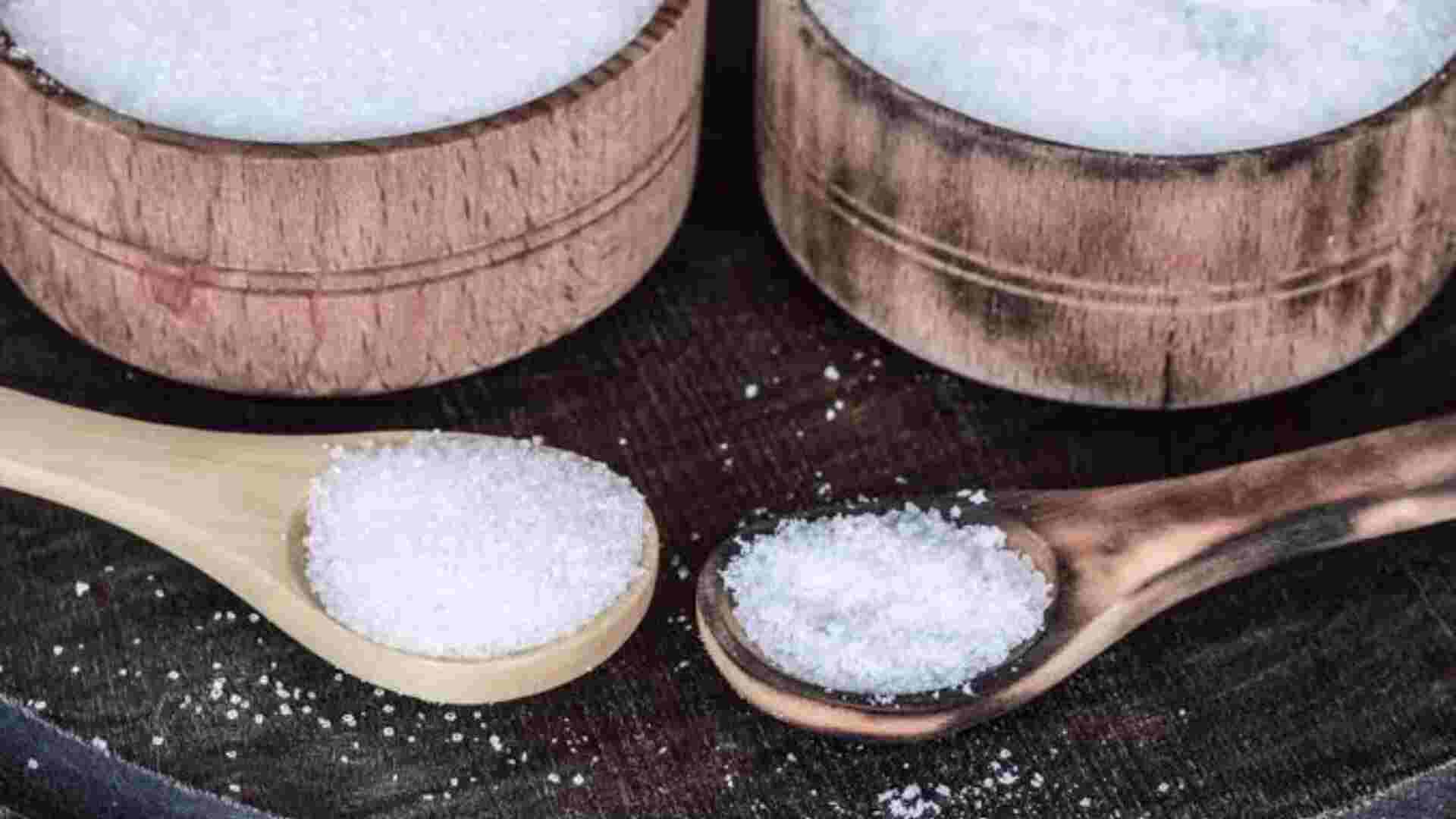
A startling study has uncovered that every brand of salt and sugar in India—whether big or small, packaged or unpackaged—is contaminated with microplastics, which could potentially cause cancer. Conducted by the environmental research organization Toxics Link, the research titled Microplastics in Salt and Sugar examined nearly ten varieties of salt, including table salt, rock salt, sea salt, and local raw salt, as well as five types of sugar purchased from both online and local sources.
Globally, approximately 322 million metric tons of plastic were produced in 2016, with 60% used in food and beverage packaging. These plastics often contain chemicals such as stabilizers, lubricants, fillers, and plasticizers. Environmental factors like heat cause plastics to fragment into smaller pieces, which then migrate into food. Common sources of microplastics include single-use water bottles, food containers, cans, and wraps.
The study found microplastics—tiny plastic fragments ranging from 1 micrometer to 5 millimeters—in all tested samples. These microplastics appeared in various forms, such as fibers, pellets, films, and fragments. Notably, iodized salt contained the highest levels of microplastics, primarily as multicolored thin fibers and films.
Ravi Agarwal, founder-director of Toxics Link, stated, “The objective of our study was to contribute to the existing scientific database on microplastics so that the global plastic treaty can address this issue in a concrete and focused manner.” He added, “We also aim to trigger policy action and attract researchers’ attention to potential technological interventions that could reduce exposure risks to microplastics.”
Toxics Link associate director Satish Sinha emphasized the urgency, saying, “Our study’s finding of substantial amounts of microplastics in all salt and sugar samples is concerning and calls for urgent, comprehensive research into the long-term health impacts of microplastics on human health.”
The report detailed the concentration of microplastics in salt and sugar samples. For salt, concentrations ranged from 6.71 to 89.15 pieces per kilogram of dry weight. Iodized salt had the highest concentration at 89.15 pieces per kilogram, while organic rock salt had the lowest at 6.70 pieces per kilogram. In sugar samples, microplastics ranged from 11.85 to 68.25 pieces per kilogram, with the highest concentration found in non-organic sugar.
Microplastics pose significant risks to both health and the environment. Key health concerns include:















